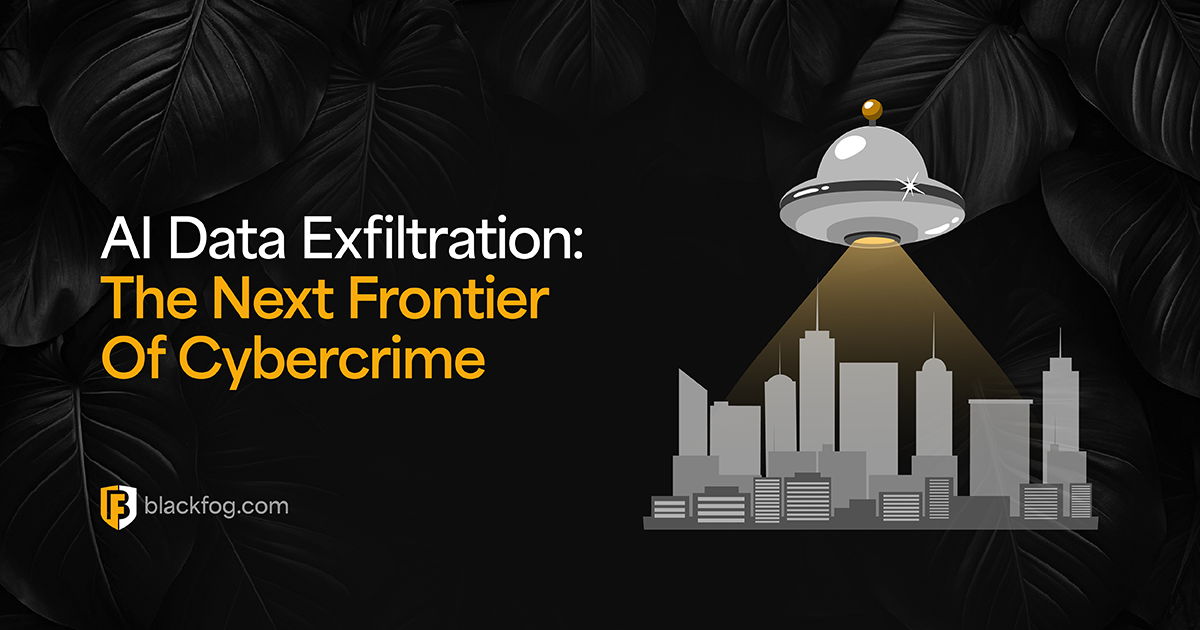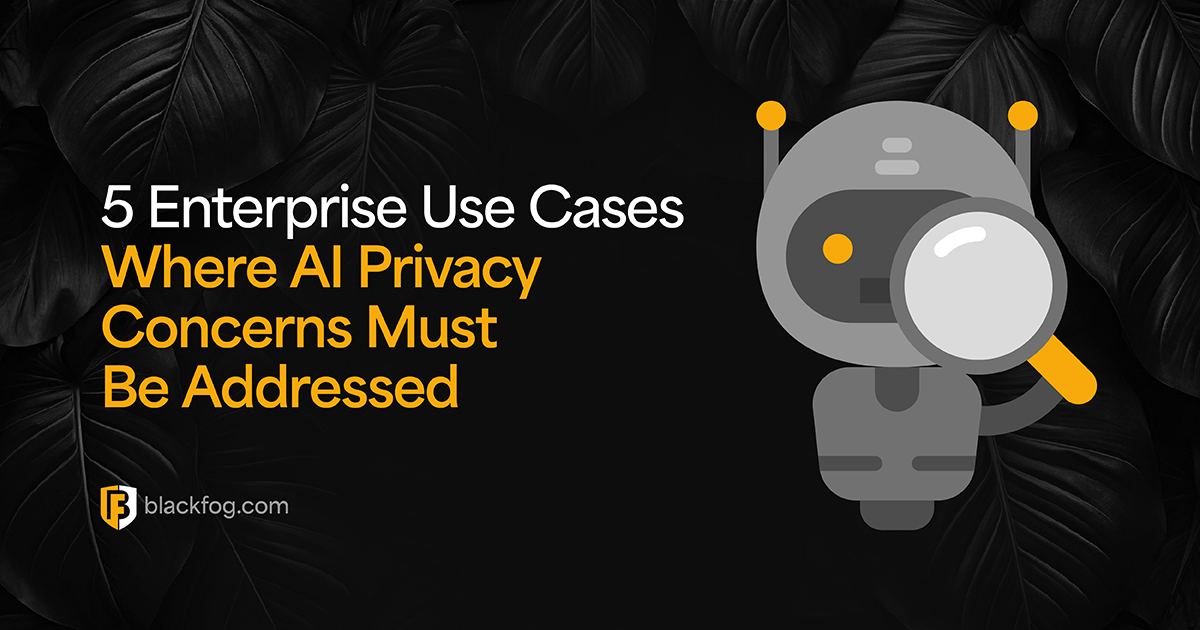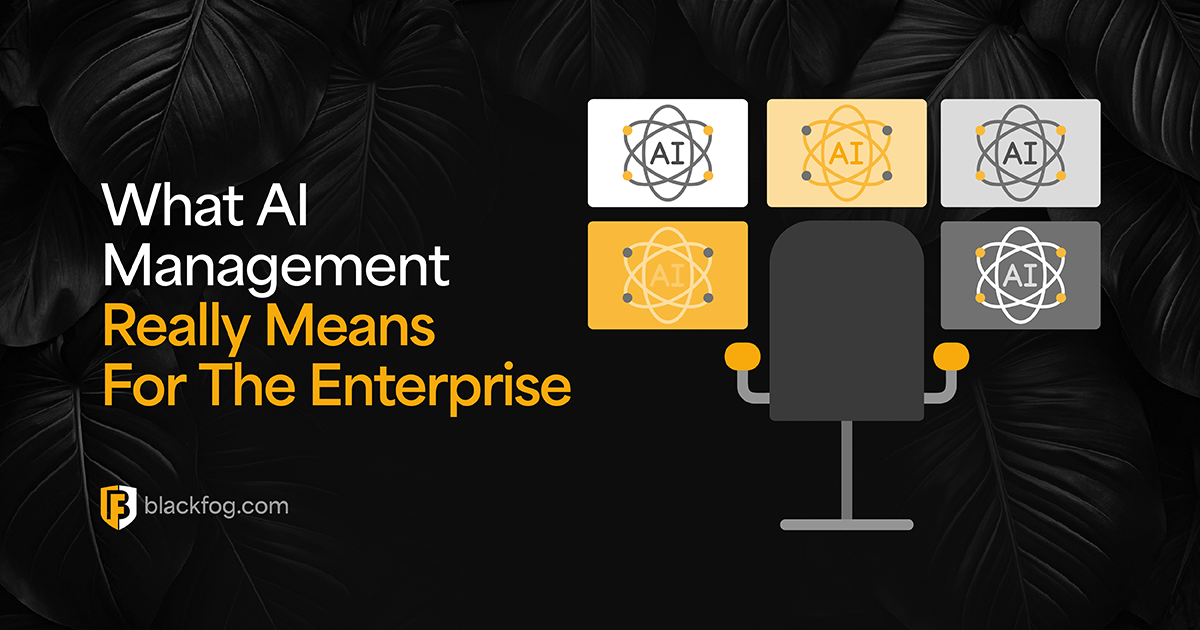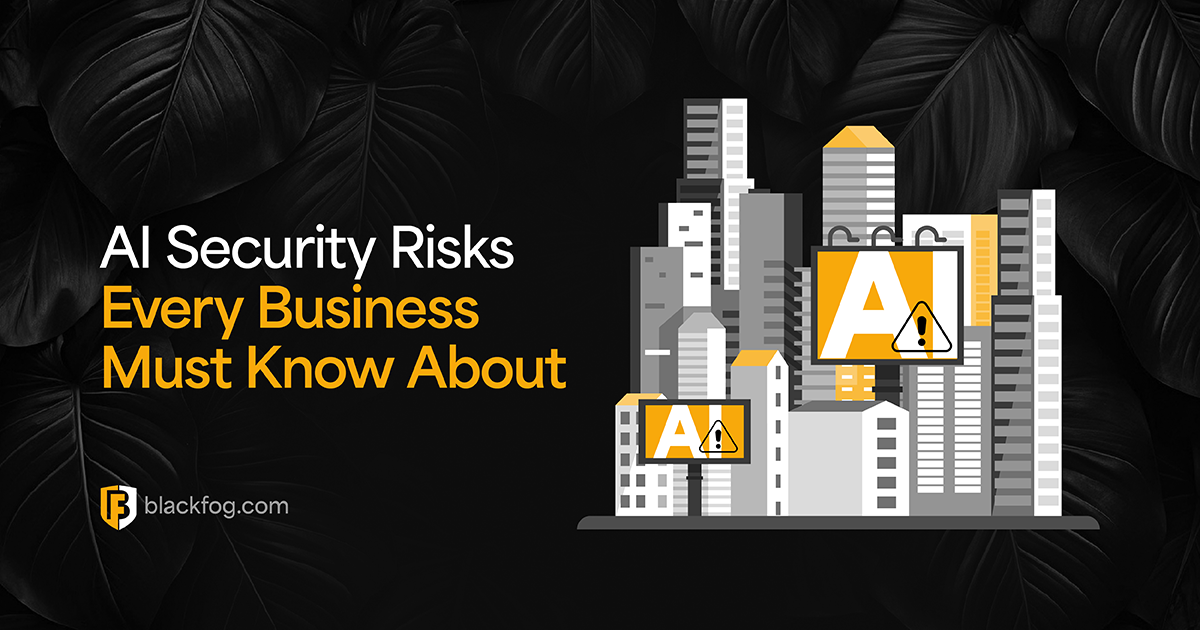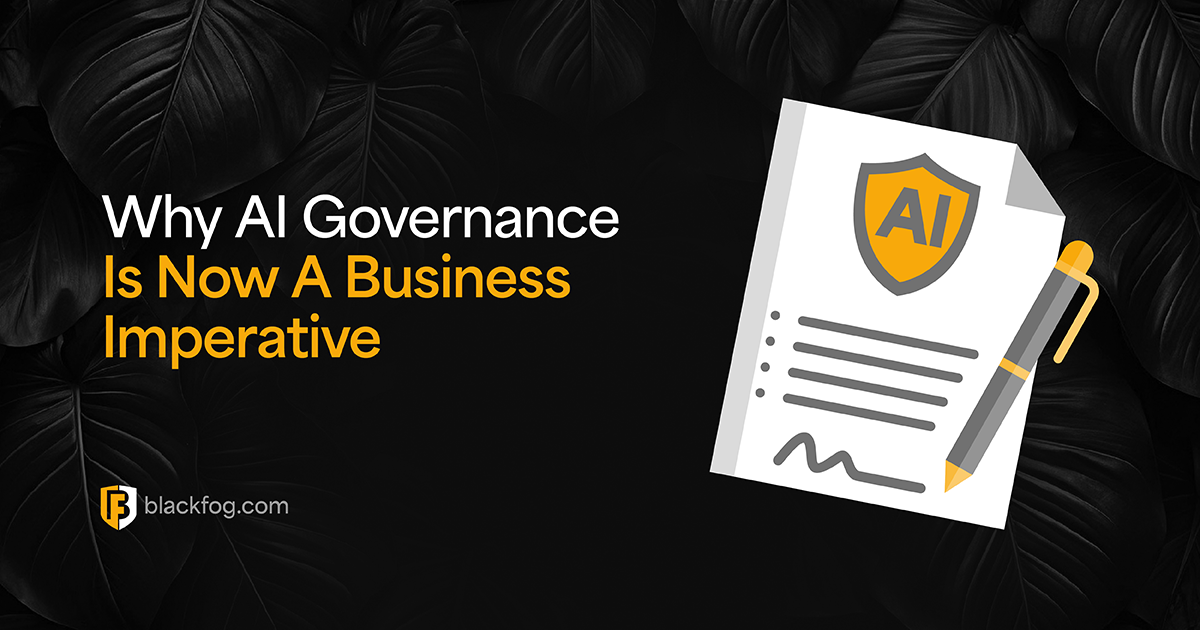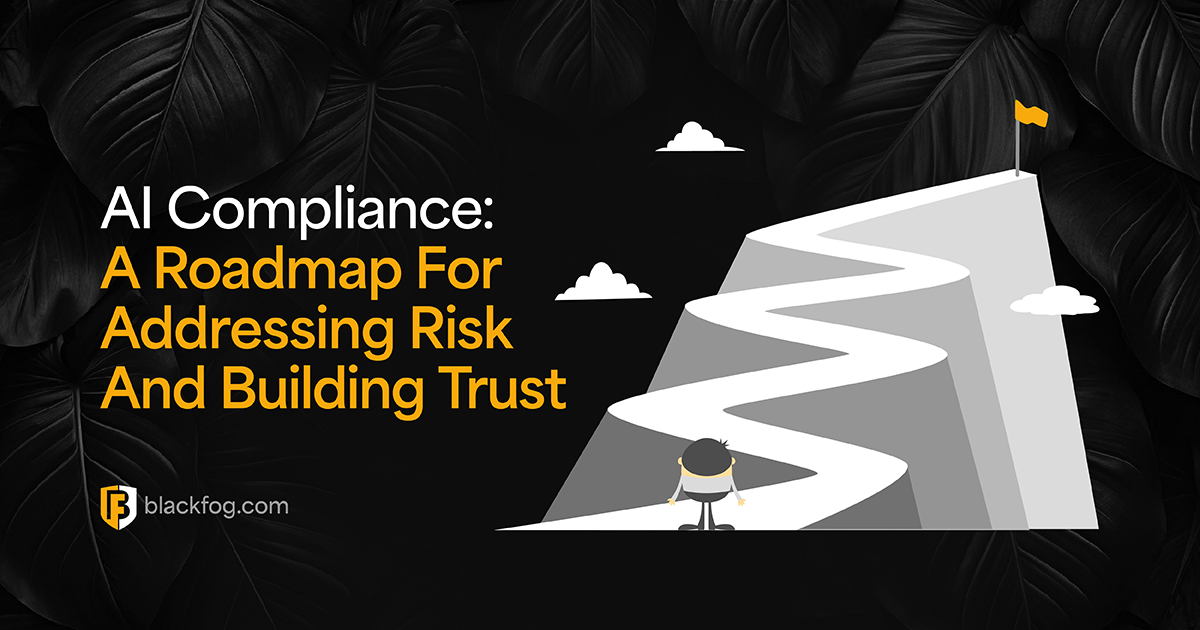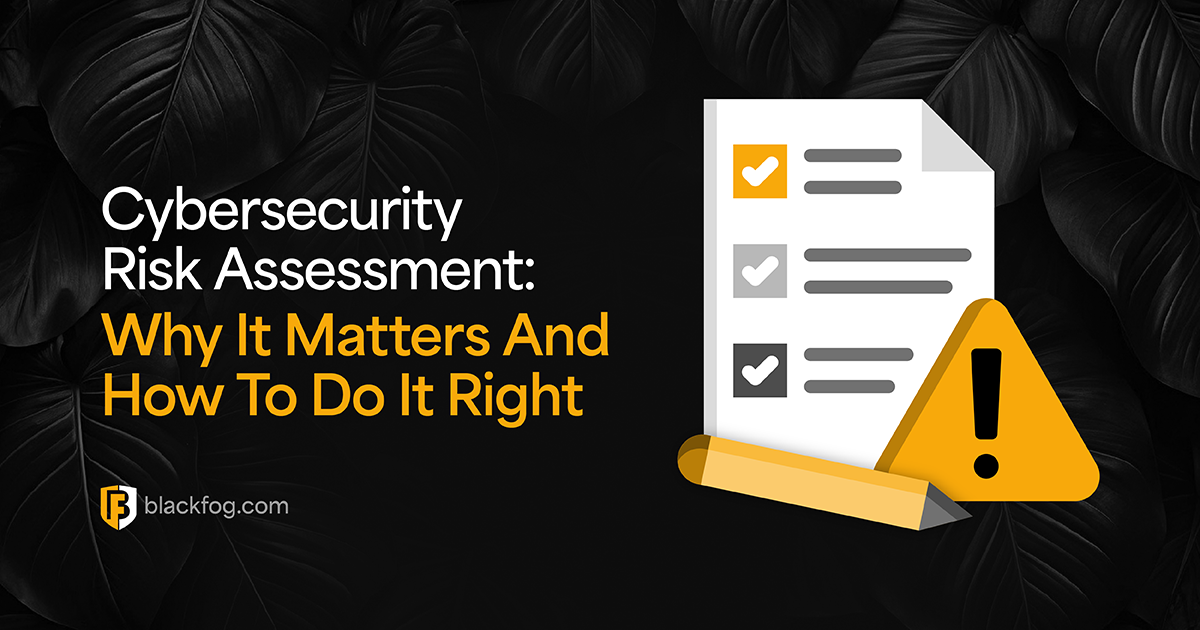
Cybersecurity Risk Assessment: Why It Matters And How To Do It Right
Before any business can build an effective cybersecurity strategy, it needs to fully understand its environment. Firms can’t protect what they can’t see, which is why a comprehensive risk assessment is essential in both understanding what data they have and what their exposure to threats is.
This process helps organizations identify the assets they rely on, understand where vulnerabilities exist and evaluate the impact if those assets are compromised. In a threat landscape dominated by ransomware and data theft, this knowledge is critical. A cybersecurity risk assessment provides the visibility and structure needed to prioritize protection, reduce exposure and make smarter decisions about where to focus time, budget and resources.
What Is A Cybersecurity Risk Assessment?
A cybersecurity risk assessment is a structured process used to identify, analyze and evaluate potential threats to an organization’s digital assets. It helps businesses understand what data, systems and operations are most at risk and what could happen if those assets are compromised. By pinpointing vulnerabilities and assessing the likelihood and impact of different types of attacks, risk assessments provide a cybersecurity roadmap for smarter, more targeted defense strategies.
This must not be treated as a one-time exercise. Cyberthreats evolve constantly, and so should your understanding of risk. Regular assessments allow businesses to adapt quickly, close gaps and stay ahead of emerging threats. For any organization looking to reduce exposure, prioritize investments and protect sensitive information, an ongoing risk assessment process is a critical component of cybersecurity resilience.
Why Risk Assessments Are Essential
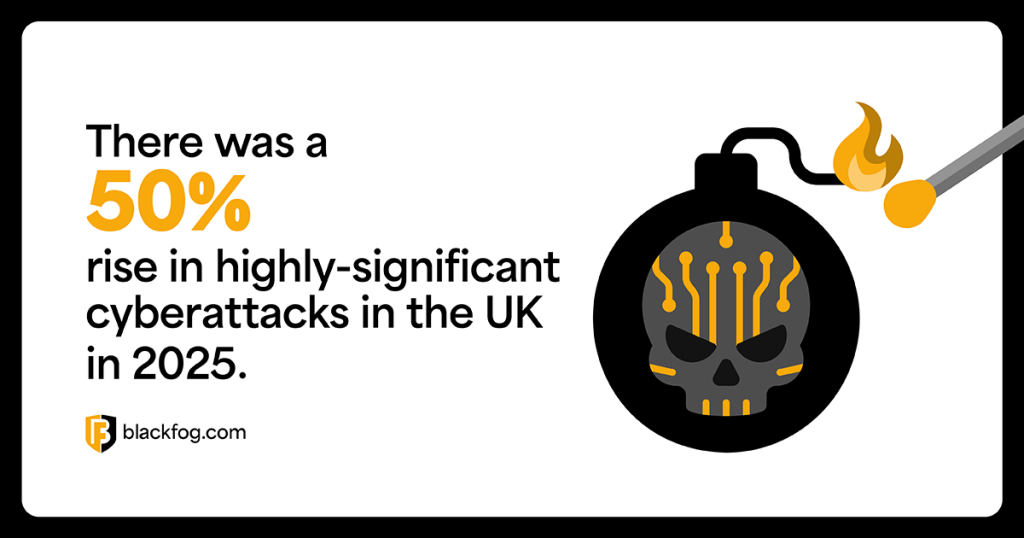
Cybersecurity risk is shaped by three factors: where systems are vulnerable, what threats exist and how severe the impact would be if an attack succeeds. In 2025, the importance of understanding these risks has become even more apparent with a series of high-profile attacks that had significant real-world consequences. In the UK, for example, retailer Marks & Spencer was hit by a cyberattack that forced it to shut down online operations, reportedly leading to hundreds of millions of pounds in lost value. Overall, the National Cyber Security Centre (NCSC) recorded a 50 percent year-on-year rise in ‘highly significant’ incidents affecting critical services and major businesses.
The consequences of such attacks extend far beyond financial loss. Common challenges include operational paralysis, regulatory penalties, reputational damage and long-term erosion of customer trust.
A structured cybersecurity risk assessment enables firms to proactively identify vulnerabilities, anticipate likely threats and allocate resources effectively in order to mitigate the risks posed by cyberattacks. These activities play a vital role in strategic planning, informing everything from budget decisions and compliance reporting to staff training and incident response.
Key Steps In A Cybersecurity Risk Assessment
A structured approach is critical to getting real value from a risk assessment. Following a recognized framework, such as NIST or ISO 27005, can help ensure nothing important is missed. While the exact process may vary, most assessments include five core steps that provide the foundation for strong cybersecurity planning:
- Asset identification: An assessment should start by building a clear inventory of systems, applications, data and users across the business. Understanding what needs protection is the first step toward identifying where risk exists and how to prioritize it.
- Threat and vulnerability analysis: Firms should then ask what potential attack vectors they may be vulnerable to, in order to identify where problems could originate. Factors to consider include known threats, emerging tactics and internal risks such as poor access control or outdated software.
- Risk evaluation and prioritization: Once potential threats have been identified, the next step is to consider the likelihood and potential impact of each scenario. This will allow firms to focus their attention on high-risk areas where the damage would be most severe if systems were compromised.
- Assess the effectiveness of existing protections: Examine the business’ current cybersecurity solutions and procedures to determine how well they address identified risks. Look at whether existing safeguards are properly configured, actively maintained and fit for purpose to meet modern threats. The goal is to pinpoint weaknesses and highlight areas where additional measures are needed.
- Remediation planning and reporting: The final step is to translate key findings into practical next steps, such as drafting a clear strategy for improving systems and having a response plan in place for when – not if – an incident occurs. As part of this, assign ownership, set timelines and develop a reporting format that helps leadership track progress and stay informed.
The Role Of A vCISO In Risk Assessments
Conducting a comprehensive cybersecurity risk assessment can be a complex and lengthy process. This can be challenging for firms that are already time-poor or lack key skills. To address these issues, using a virtual chief information security officer (vCISO) is often a good idea. This brings expert, external oversight to the risk assessment process to offer an objective view of the business that internal teams may miss. With experience across industries and threat landscapes, a vCISO can help uncover overlooked vulnerabilities, evaluate complex environments and ensure assessments are grounded in real-world risk.
Beyond technical analysis, vCISOs play a crucial role in translating findings into clear, actionable guidance for senior stakeholders. Their ability to communicate risk in business terms ensures leaders understand what’s at stake and how best to respond. For organizations with limited in-house resources or time to manage a full-scale assessment, a vCISO provides the cost-effective leadership needed to move quickly and confidently. These services help businesses not only identify risks, but prioritize and address them effectively.
Share This Story, Choose Your Platform!
Related Posts
AI Data Exfiltration: The Next Frontier Of Cybercrime
How are cybercriminals using AI data exfiltration to enhance their ransomware attacks and what must businesses do to counter these threats?
5 Enterprise Use Cases Where AI Privacy Concerns Must Be Addressed
AI privacy concerns are rising with AI adoption - five use cases highlight the key issues businesses must consider.
What AI Management Really Means For The Enterprise
Ongoing AI management is essential in maintaining compliance in a challenging environment. Here's what businesses need to consider.
AI Security Risks Every Business Must Know About
AI Security Risks are growing as AI embeds in business. What key threats must firms address to stay compliant with data regulations?
Who’s Really In Charge? Why AI Governance Is Now A Business Imperative
Find out why a strong AI governance program will be essential if enterprises are to make the best use of the highly in-demand technology.
AI Compliance: A Roadmap For Addressing Risk And Building Trust
AI compliance is set to be a major focus for businesses in the coming year. Here's what you need to know to make this as easy as possible.

